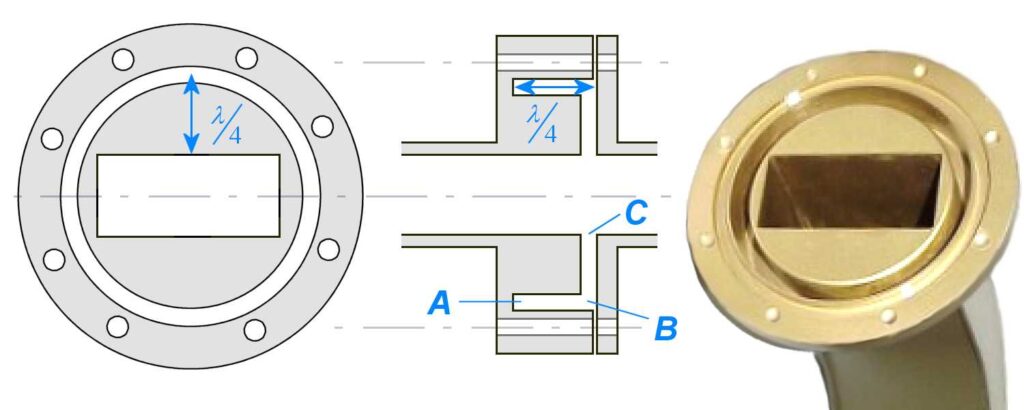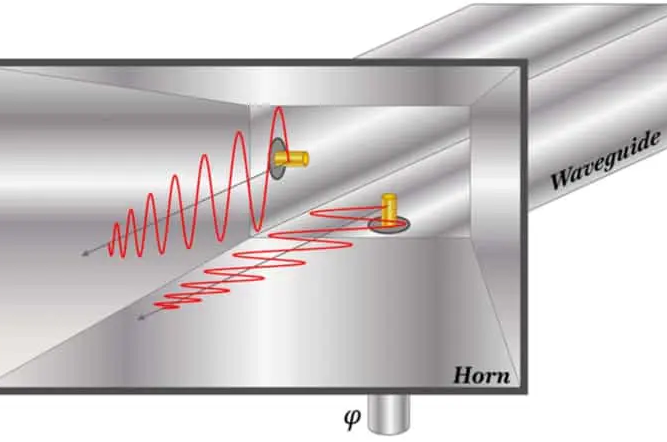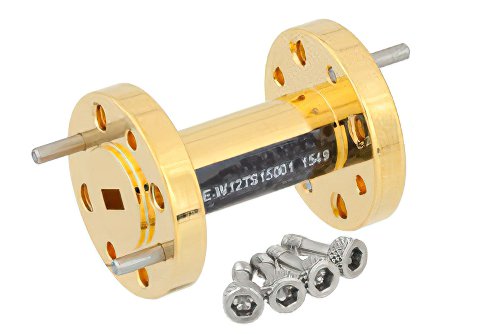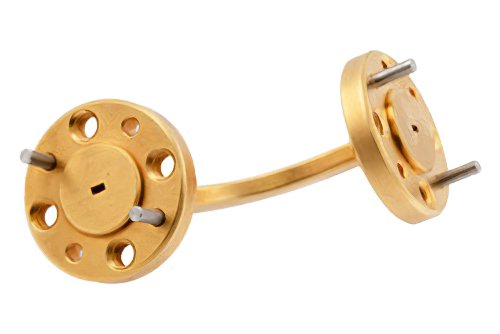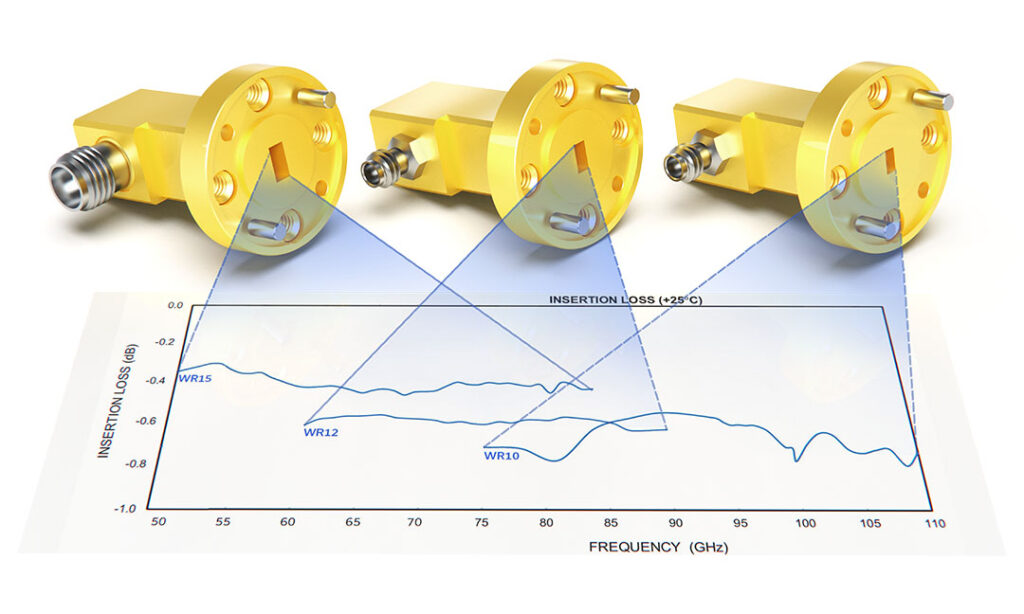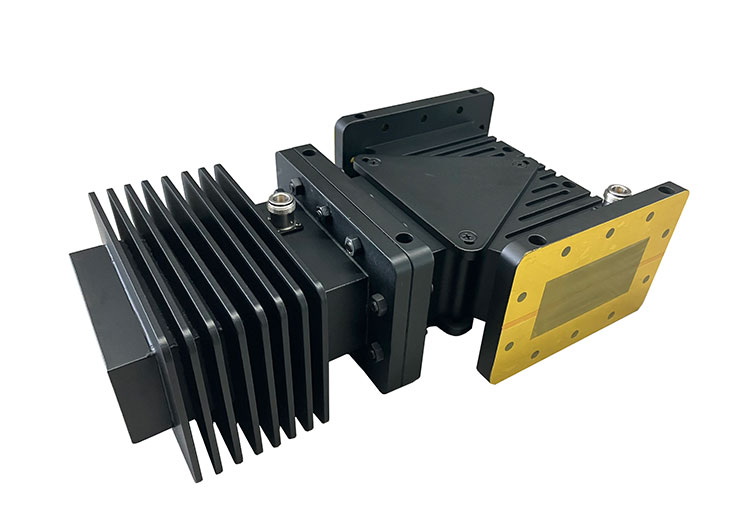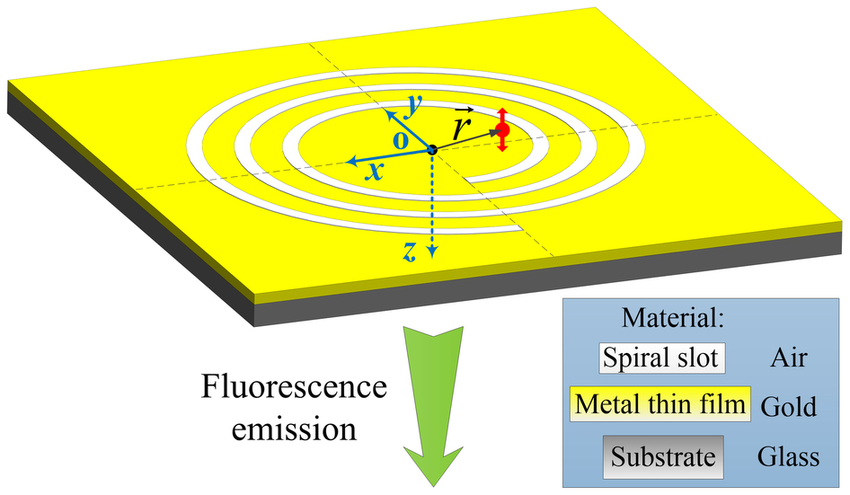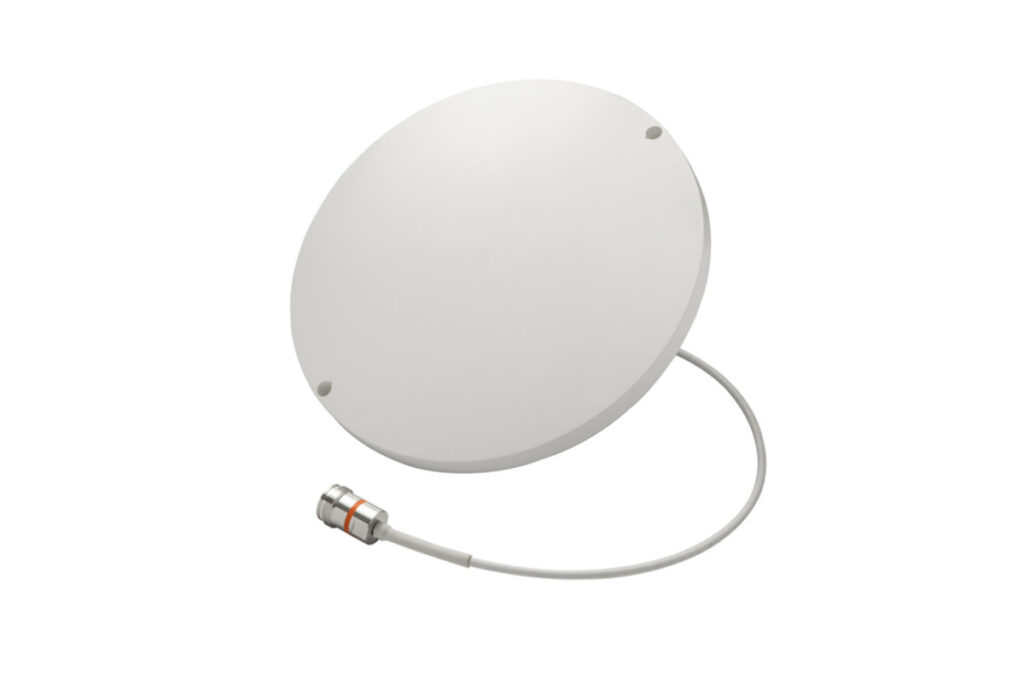What Are the Main Waveguide Flange Types
Waveguide flanges are critical for connecting RF/microwave systems, with four primary types dominating 90% of industrial use: UPC flanges (WR-90 standard, 8.2–12.4 GHz, 0.1dB insertion loss) are universal for lab equipment; CPR flanges feature choke grooves for military radars, achieving -80dB leakage; cover flanges enable quick testing with precision 2µm surface finishes; and square flanges […]
What Are the Main Waveguide Flange Types Read More »

